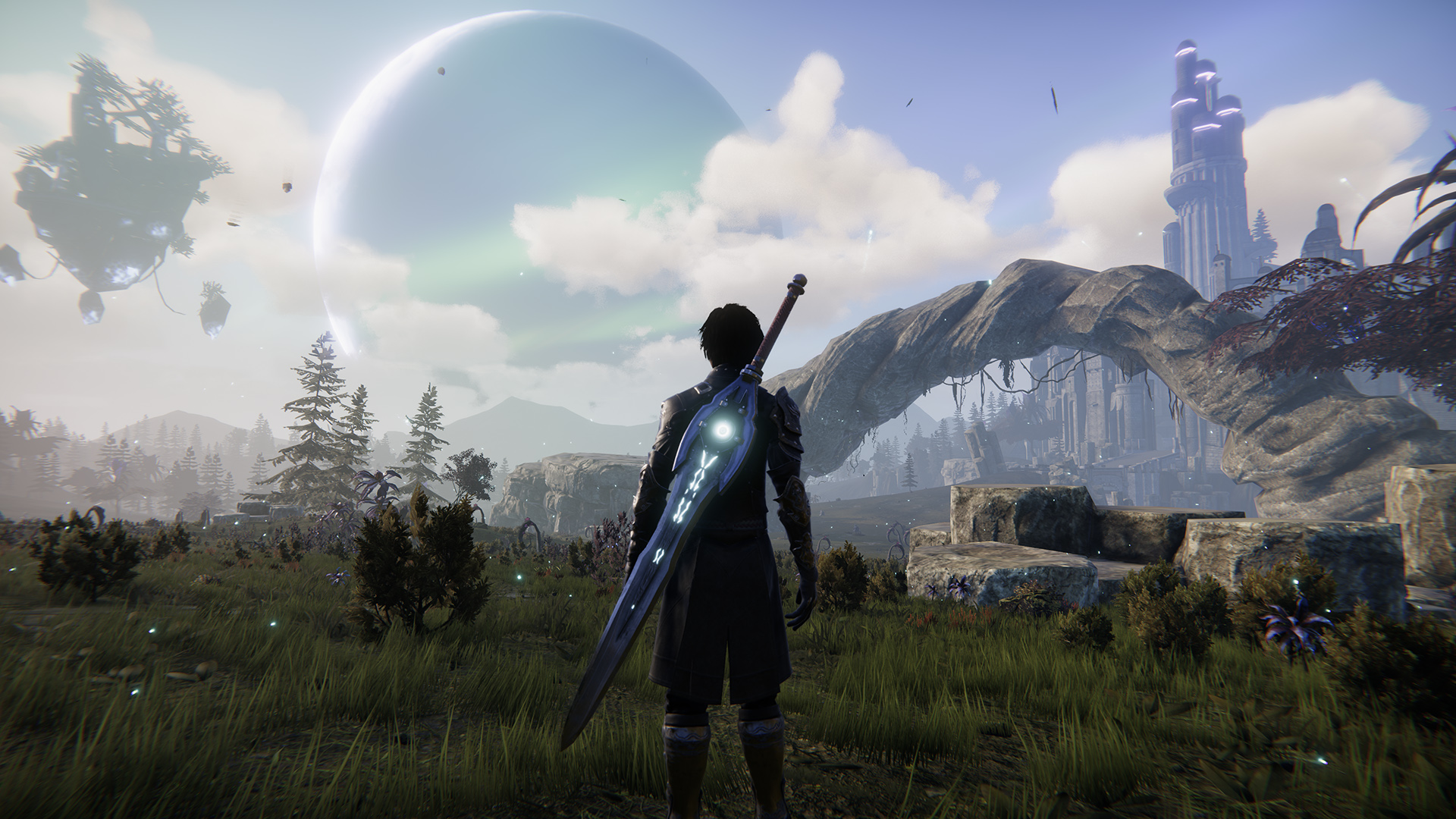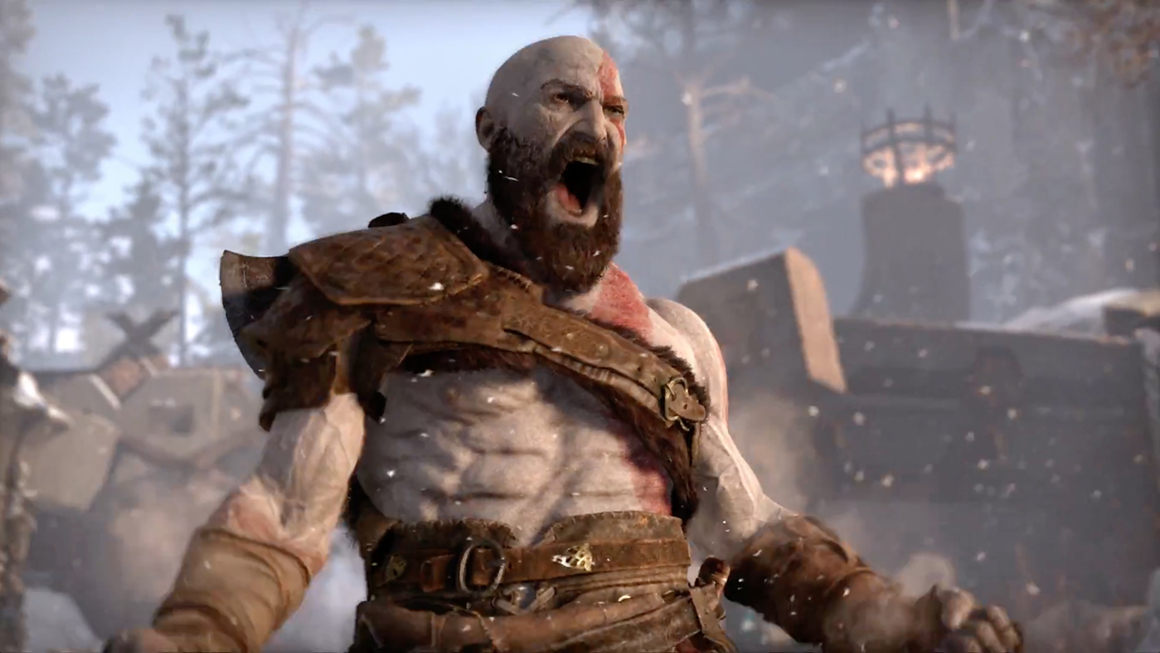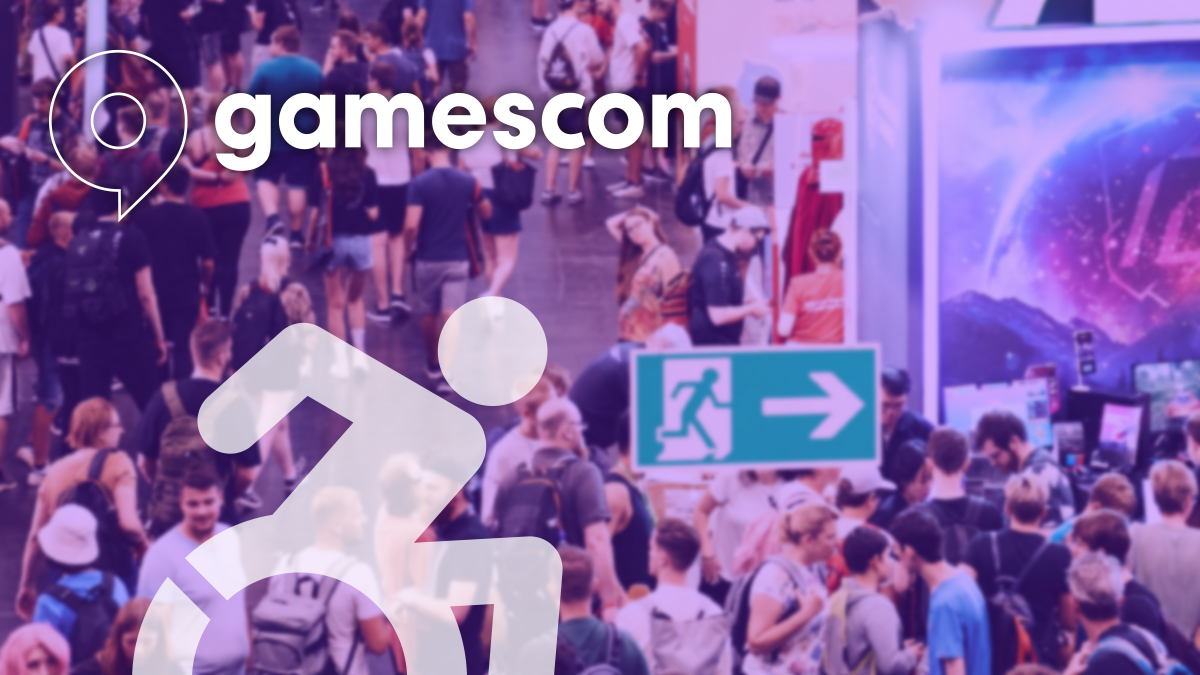Scores
Deaf / Hard of Hearing: 4 out of 4
Blind / Low Vision: 4 out of 4
Fine motor: 3 out of 4
JRPGs can be one a very approachable and accessible genre when done correctly. We have seen great strides made when it comes to making them easier to navigate, and things like fast forwarding have helped keep the pace up for turn-based games. Edge of Eternity has been in early access on PC for a while but has finally gotten its official release in a “final” form and it largely hits the mark when it comes to accessibility but does miss a bit in terms of being a genuinely thrilling RPG. It goes heavy on the drama without a lot of character growth at times, making some of the attempts at drama feel forced. However, while it is a flawed example of a great format, it does serve as a textbook example of making the genre more accessible for all players.
JRPG veterans in the market for something with a more tactical approach will be in for a treat, and the grid-based battles have been made highly accessible in several ways. The ability to switch between multiple camera angles helps the player get a better idea for where everyone is spatially to one another, while bold blue and red color schemes for allies and enemies on-field allow for proper positioning across the game board. The use of bold colors comes in handy as does an icon over the player’s team and enemy characters. The battlefields also don’t blend in with the UI – so no matter what, the stark red and blue schemes stand out at all times when they need to.
The battle system itself is turn-based and quite intuitive and includes a fast-forward option to cut through things like long magic spells. The systems are logically laid-out and use a d-pad orientation for menu selection that is intuitive and quick. It is also fairly easy to read by default since it uses white text on a translucent dark grey background – so there is a stark contrast between them. This makes it so much easier to see what is being selected and that can make a huge difference in a boss battle, or just a tougher battle against higher-level foes, to ensure that the player doesn’t select the wrong spell, item, or attack. As a whole, Edge of Eternity is a remarkably accessible game visually but does have areas of improvement.
From a fine-motor and visual perspective, there is room for improvement that involves both areas. Moving around the world is fine, but the markers for key objectives are a bit hard to see with small icons and text that only shows how far the player is from it. Areas outside of towns are generally easy to navigate, but can have some needless backtracking due to the faint icons. It would be great to see an update down the line that allows for auto-walking to an objective area across the board just to cut down on needless stick usage. Battles can still initiate with this setup and save the user some frustration in trying to find the area alongside saving time.
That kind of functionality is something that would help speed the game’s pace up, as it does take some time to get from point to point. The action itself starts off quickly and gets the player invested to a degree by having large set pieces and killer stakes immediately. The only downside is that all of this is done without building the world up first, so it goes for kind of an inverted Final Fantasy VII or Fantasian approach where the world is built up and then the stakes for the world are shown. It’s a bold approach at the onset since it does capture the player’s attention right away, but also hurts the ability to fully care about the characters since they’re just all thrown into the narrative at one time and the player has to parse out who is who and their relation to one another quickly.
As an RPG, it’s flawed but the battle system is fun and easy to learn. Every part of the game is aided by its accessibility features, and more RPGs can learn from what’s done here. There are a ton of accessibility features baked into Edge of Eternity that allow for a better quality of life for all players. Subtitle size can be increased to four times their normal size and that makes the plot a bit easier to follow given how fast the dialogue is. It would be great to see anon-screen example of what each text increase looks like before selecting it, but that’s something that can hopefully be added in down the line. The same goes for the UI scaling, which is an absolute must across all platforms, but especially on Switch, given how small the UI elements can be and how item text can be hard to read at its normally small size.
Otherwise, great care has been taken to make other parts of the game accessible. Being able to adjust the field of view helps make the world itself seem vaster and increases the player’s ability to see more of the environment without having to use the right stick to see around them all the time. Players can also adjust running around the world with a button press or hold alongside disabling bright flashes. Those are definitely things that can get in the way of battles and become distracting, so I usually turn those off anyway in most games, but especially anything with a fast forward option as the player will just be swarmed by them constantly.
Visually, Edge of Eternity is a fairly accessible game thanks to all of the different text and UI size options. It would be nice to see it be better-optimized, as it does have some stuttering framerate issues that get in the way of the action. It also looks a bit rough with muddy textures and has an almost PS3-like quality to the textures that seems very outdated, although it does almost work as a throwback. More work can be done to make it look better over time, and hopefully that is done because as it is, games on lower-end hardware like Fantasian on the Apple TV look better thanks to everything in the world being optimized to work on all compatible hardware.
For deaf and hard-of-hearing players, Edge of Eternity does a spectacular job at being inclusive with not only its subtitle options but offering up larger text for all players to enjoy the story and interplay between the cast. One area that can be improved upon especially for a JRPG, a genre known for sweeping soundtracks, would be on-screen descriptions of the music and sound effects. Some effects, like lightning for a lightning attack and flames for a fireball wouldn’t really need it, but it would be helpful for earth-based and physical attacks to help gauge damage. “A light sword grazes the enemy” does more to help convey damage than just a quick flash of the damage counter alone, for example.
Overall, Edge of Eternity is a good JRPG, but a very good game from an accessibility point of view. It delivers a rewarding mix of story and turn-based gameplay, while throwing some tactical gameplay in the fray as well while managing to make everything work together. It is a bit rough-looking at times, but sets a high bar when it comes to making the game’s UI easy to see and understand for all players. Its maps and navigation could use some improvements, but having things marked with clear arrows to avoid getting too lost helps a lot. UI scaling is a big help for anyone playing with visual impairments, while subtitled text allows deaf and hard-of-hearing players to enjoy the story, with some improvements being possible to add sound effect and musical descriptions.
This article has been transferred from DAGERSystem (now AbilityPoints). Scores, formatting, and writing style may differ from original CIPT content.






